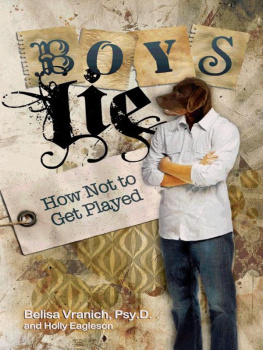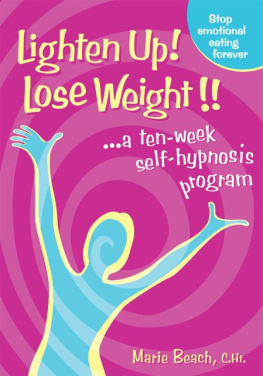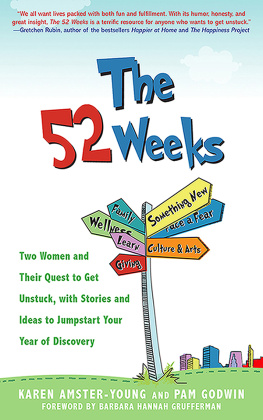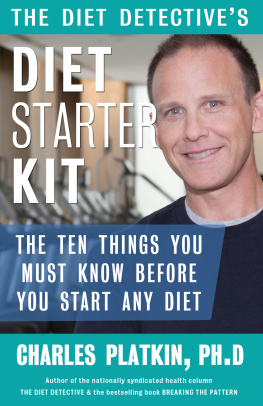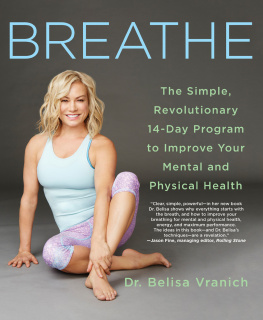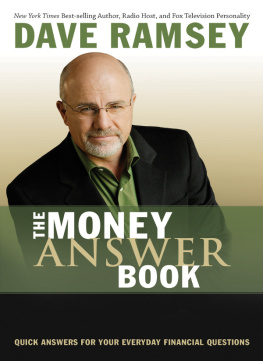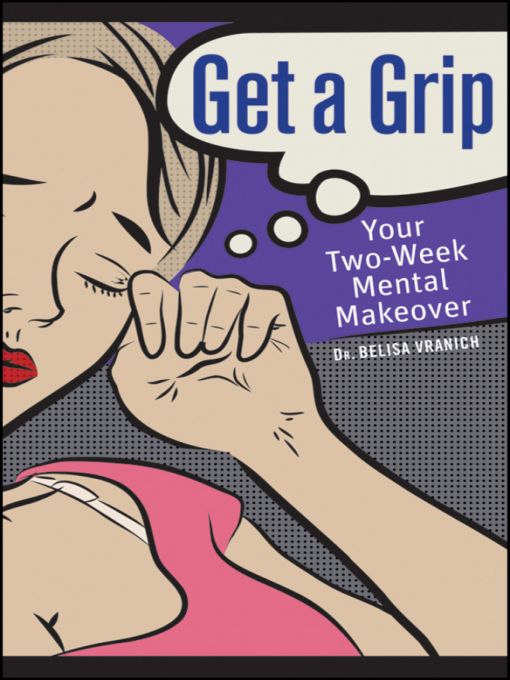Table of Contents
This erraticism is a normal part of getting unstuck, pulling free from the muck that has blocked us. It is important to remember that at first flush, going sane feels just like going crazy.
Julia Cameron, The Artists Way
PREFACE
As a therapist, the one thing I do in therapy that is really important is to encourage patients to listento themselves. As an adult, youve taught yourself that you are not supposed to let your thoughts go off in that forbidden direction, or you may believe that youve gotten over that hurtful incident long ago. But let me tell you that in the therapy room, the rule is that there are no rules. Every worry you have, every hope youve quashed, every vindictive or ridiculous fantasy youve entertained has a place. In this book you will learn that once you voice those thoughtsor write them downyou will have the choice of what to do with them. You might figuratively take an idea out from that box under the bed and put it on the mantle. You might compare it to information you have now, years later, and then decide you can throw it out. You might find that its not a tantalizing notion anymore, or you might discover that its the oppositethat its a dream you have to live out before you die.
Ideally the perfect combination is a live therapy session reinforced by your own work day to day. That work might be not letting others get you down, or being honest and forgiving regardless of the reactions of others. That work may be finding something to appreciate every day or to practice random acts of kindness, confidently following Mother Teresas words Do it anyway, even if those acts havent made their way back around to you as youve been promised. Maybe it is just not beating yourself up for your mistakes, or staying in the present just for today, and not ruminating about the past or worrying about the future. You dont have to be in therapy, however, to want to better yourself or to find situations therapeutic.
Continually striving to be a better human being is exhausting. Youll have moments when you think that people who are cantankerous, rigid, or self-involved seem to have it easy. They dont strive, so they dont fail. They are so removed or engrossed in themselves that they dont register discomfort or pain around them. However, when you start cleaning up your world, start trying to be a better person, to be more appreciative, more kind, and more in tune, that is when you may notice that the sweet moments are even more vivid than before. Youll find yourself humming along with the U2 song Its a Beautiful Day because you know that worry will cloud your vision from seeing that it is in fact a beautiful day, and if you dont take time to notice it, youll blink and you are ten years older, then blink again and you are twenty, and so on.
In these pages you will find a tough psychological work-out, with guidelines on how to solve the emotional problems that youve been carrying around, that have been weighing you down, and that nag you when you go to bed. These problems may have legitimate-sounding labels like lack of closure, bereavement, or abandonment issues, but they are missing the instructions on how to work your way through them. If you do the work in this book wholeheartedly, it will start you moving in the right direction, get you out of that rut, and resolve that quandary. This book will give you the means to answer the existential questions you are grappling with (What can I do to be happier? How do I live in a more balanced way? Where should I be going to from here?) or the specific ones that are gnawing away at you every day (Am I meant to be with my partner? Why cant I lose weight? Should I stay at this job?). Allowing yourself to take the time to read this book and to follow its instructions unconditionally will be life changing: youll have a better perspective, recognize options you didnt know existed, or maybe just wake up in the morning feeling more optimistic about the day ahead of you.
There are things that I left out of this book. When I began to write it, I wanted to be able to mention everything I ever found useful so that you could have it, too. I wanted, as I do with my patients, to be able to tailor the work so it would fit your personality. I wanted to be able tell you that in addition to the classic therapy work, given your personality, to read Passionista to help your relationship and anything by Thich Nhat Hanh, see the documentary My Mothers Garden to better understand your moms collecting, take that tango class, and before your next session visit your fathers grave. No excuses! Or maybe, to make you see something you didnt understand yet or to tell you to ask your siblings for their version of what happened that fateful summer, call you-know-who and tell him or her what you really think of that person, and ditch your sadistic diet for the next week until this bump is over. I wanted to tailor it for each and every reader, and I think that I found a way to do that by creating exercises that make you adapt the self-therapy for your unique self.
As is the case with most patients at the beginning of therapy, you are itching to ask me, Am I normal? And I have to tell you, I already know that you are not. You wanted me to say that, yes, within a range of normal behavior, of normal adults, you fall sometimes to the left or sometimes to the right, but you are in that spectrum. I knew it, you are thinking. I knew I was weird, you say. The fact is, you are not reading this because you want to be normal; you are reading this because you want to be better. Already in that regard you are above average. Its human nature to settle, to procrastinate, to cram feelings and experiences into the Pandoras boxes in our memories, and push them to the back of the drawer under the socks. You hear yourself think, But what if I..., and you shush that voice. You affirm you are content, or at least doing just fine, over and over, hoping youll believe it. But you know that deep down you want more.
So stop complaining about the world around you, grab this book, and start working on yourself to be a little microcosm of the world the way you wish it was. What you now have in your hands is the next best thing to having your own personal therapist. Whatever changes you desirebetter relationships, reconciliation with the past, insight into a persistent existential question, or a more joyful lifeyou can make them. You will now learn how to expand that circle, and expand it again and again. With my help and your commitment, you will put a plan into action, make the necessary changes, make sure the ripples of your actions dont hurt anyone, and learn to find strength to be a better person by looking inside of yourself, where your strength really lies.
Ultimately, the answers all come from within; you just need the right questions. Turn the page, and lets start.
INTRODUCTION
Lost Your Grip?
My style of therapy has always been holistic and psychodynamica think-outside-the-office approach in which homework and taking responsibility are critical. When the book Eat, Pray, Love by Elizabeth Gilbert gained great popularity, I found that many patientsboth men and womenwanted to know how they could find themselves, as the protagonist did.
Finally, what pushed me to start writing Get a Grip was running into a neighbor, Maria Dahvana Headley, who wrote a book called


